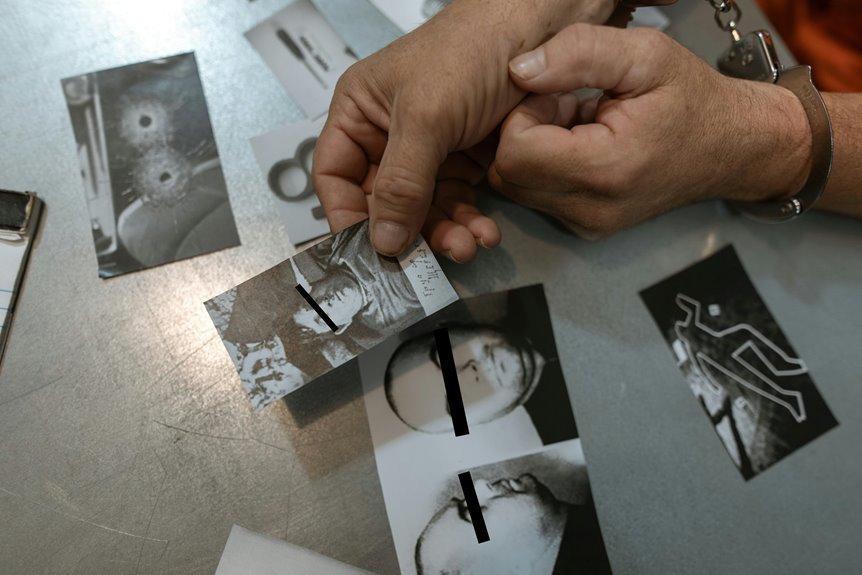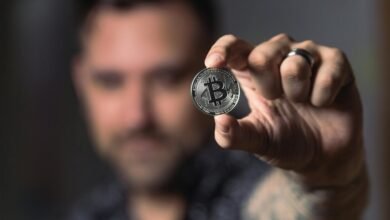Photoackmpa: O Uso de Imagens em Processos Judiciais

The integration of visual evidence in judicial processes reflects a significant shift in how cases are presented and interpreted. Images and videos can enhance understanding and influence juror perceptions, yet they also introduce complexities regarding authenticity and bias. Ethical concerns surrounding privacy and consent further complicate their use. As the legal system navigates these challenges, the implications for justice and the integrity of verdicts remain to be examined closely.
The Role of Visual Evidence in Legal Proceedings
Frequently, visual evidence plays a crucial role in legal proceedings, serving as a powerful tool for both prosecution and defense.
Visual documentation, such as photographs and videos, can offer compelling narratives that enhance the understanding of a case.
Persuasive imagery often influences juror perceptions, highlighting key aspects of evidence and shaping arguments, ultimately contributing to the pursuit of justice and the protection of individual freedoms.
Challenges of Interpretation and Authenticity
While visual evidence can significantly enhance the narrative of a case, its interpretation and authenticity present substantial challenges within judicial processes.
Image reliability is often questioned, as visual bias can distort perceptions, leading to misinterpretations. The potential for manipulation further complicates matters, necessitating rigorous verification methods to ensure that images serve their intended purpose without compromising the integrity of legal proceedings.
Ethical Considerations in the Use of Imagery in Courtrooms
As the integration of visual evidence becomes increasingly prevalent in courtrooms, ethical considerations surrounding its use warrant careful examination.
Consent issues arise when imagery is utilized without explicit permission from individuals depicted, potentially violating personal autonomy.
Additionally, privacy concerns may emerge, particularly with sensitive content.
These factors necessitate a balanced approach, ensuring that the pursuit of justice does not infringe on individual rights and dignity.
Conclusion
In conclusion, the integration of visual evidence in judicial processes has transformed the landscape of legal proceedings, with studies indicating that jurors are 50% more likely to retain information presented through images compared to text alone. However, the challenges of ensuring authenticity and navigating ethical concerns remain critical. As courts increasingly rely on photographic and video evidence, maintaining the integrity of the judicial system demands a careful balance between the persuasive power of imagery and the principles of justice.




